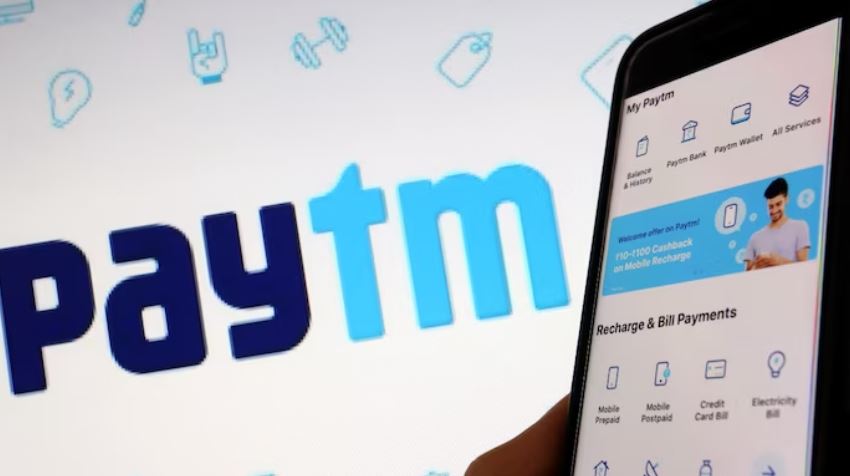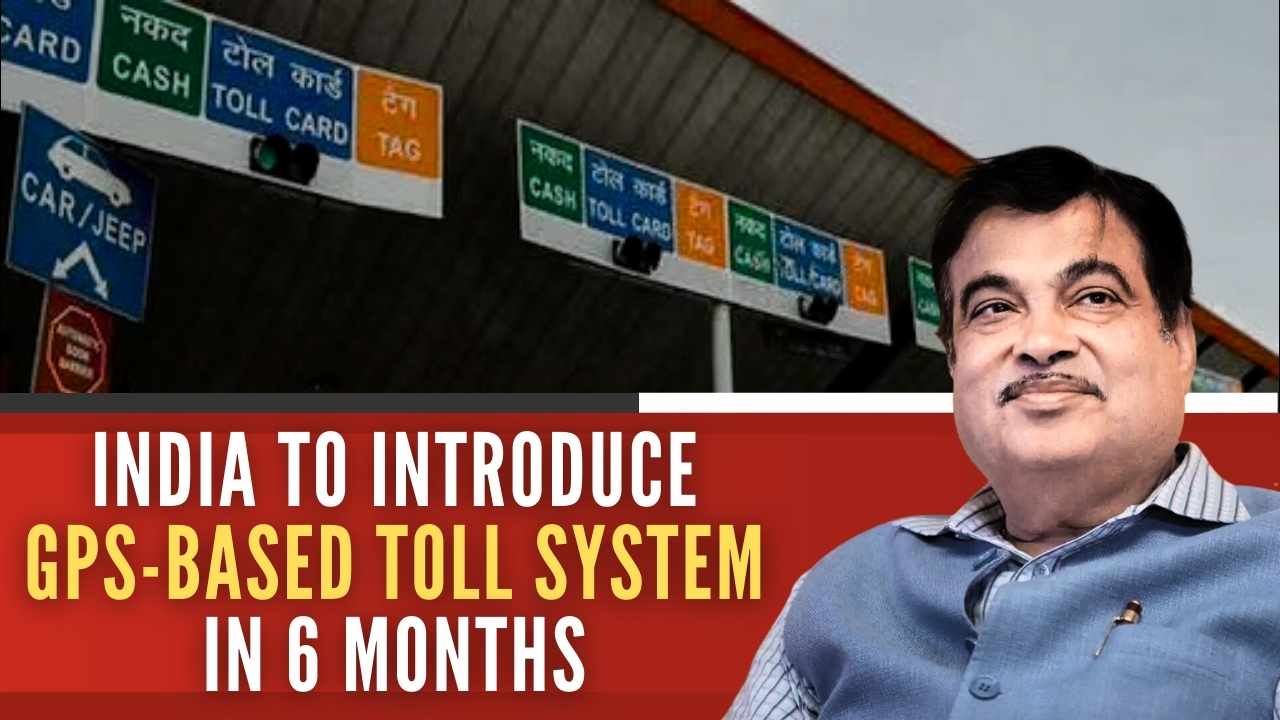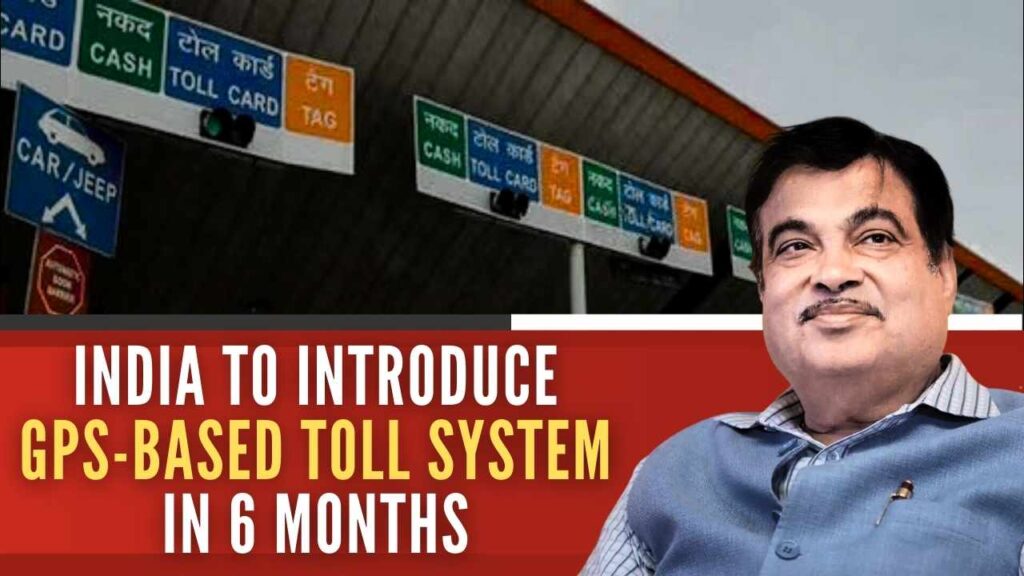
Table of Contents
Indian Infrastructure
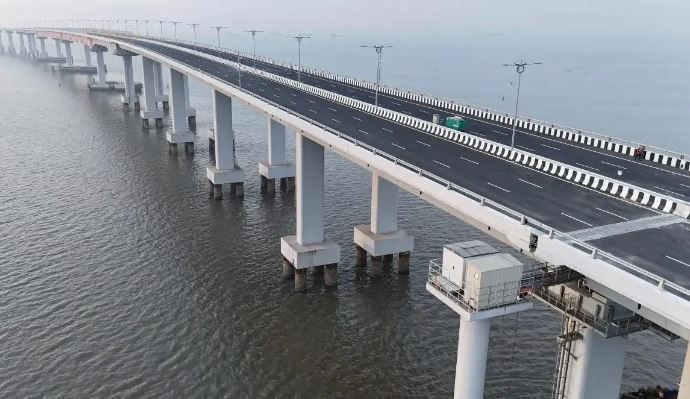
Indian Infrastructure is developing massively in terms of roads, highways etc. All credit goes to Mr.Nitin Gadkari in developing Indian roads and highways for smooth flow of traffic. Last month we saw inauguration of Atal Setu or Mumbai Trans Harbour Link, connecting Mumbai to Navi Mumbai which is 22 Km stretch in which 16.5 Km is on Sea and 5.5 Km on land.
The user of this bridge will be charged. The concept of pay-and-ride on Indian roads has been on the rise. The bulk of India’s road toll revenues come from national highways, rising from Rs.17,759 crore in 2015-16 to Rs.48,028 crore in 2022-23. According to union minister for road transport Nitin Gadkari, the government is targeting revenues of Rs.1.3 trillion by 2030, reflecting an average annual growth of 15%.
New System Of Toll Collection
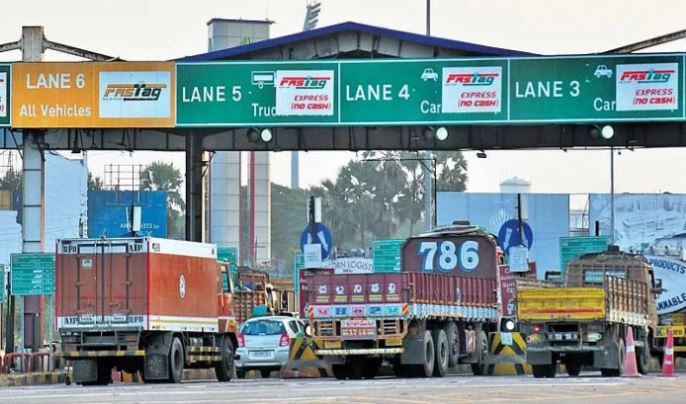
India is going to soon launch a new system to collect toll which will be based on G-ps based electronic toll collection system will use an automatic number plate recognition (ANPR) system.
Those toll plaza interrupts smooth driving may be on their way out Union minister Nitin Gadkari announced that GPS-based toll collection systems will replace existing highway toll plazas in the country. Road, Transport and Highways minister announced that transition will occur as early as April this year. The government has appointed a consultant to implement a GPS-based toll collection system on national highways, the minister said on Thursday.
The Road Transport and Highways Minister also said the system will be introduced on a pilot basis in addition to FASTags. The move is aimed at reducing traffic congestion and charging motorists for the exact distance travelled on the highways.
Mr Gadkari had earlier said state-owned NHAI’s toll revenue is currently ₹ 40,000 crore and it is going to soar to ₹ 1.40 lakh crore in 2-3 years.
The government is looking at new technologies including GPS-based toll systems to replace toll plazas in the country…We will bring new technology in six months,” he said
During 2018-19, the average waiting time for vehicles at toll plaza was 8 minutes. With the introduction of FASTags during 2020-21 and 2021-22, the average waiting time of the vehicles was reduced to 47 seconds.
Since 2021, FASTags became mandatory for all vehicles to pay tolls on highways. Vehicles without FASTags are required to pay double the toll fee as a fine.
How Will Gps Based Toll System Will Work?

The GPS-based electronic toll collection system will use an automatic number plate recognition (ANPR) system through cameras installed on highways and deduct tolls based on the distance travelled by a vehicle. At present, FASTags uses RFID-based toll collection at plazas.
The device monitors your movements while driving, accurately marking your entry and exit points on tolled segments. By analyzing your travel distance, it identifies the toll plazas you’ve passed through and computes the charges accordingly. This eliminates the uniformity of fixed tolls at booths, ensuring fairness for drivers traversing shorter distances.
Furthermore, drivers on the road are relieved from concerns about handling cash, waiting for change, or checking their FASTag account balance. The toll fee is automatically deducted from your linked account using a secure electronic payment system. This process also eradicates human errors and the possibility of toll evasion.
When Will This System Be Launch
India has recently informed the World Bank about its efforts to reduce waiting times at toll plazas and streamline export release processes at land ports. The introduction of FASTag has significantly reduced the average waiting time at toll plazas to just 47 seconds, a substantial improvement from the previous average of 714 seconds. In discussions with World Bank representatives, the government outlined its plans to further improve the country’s infrastructure.
Between April and November of this fiscal year, the construction and expansion of National Highways have increased by approximately 10 per cent compared to the same period between 2011 and 2023. However, the allocation of new construction projects has decreased by 52 per cent this year.
Also Read :
Paytm Crisis, Why Paytm Shares Are Falling, Ashneer Grover Thoughts Over Paytm’s Crisis
